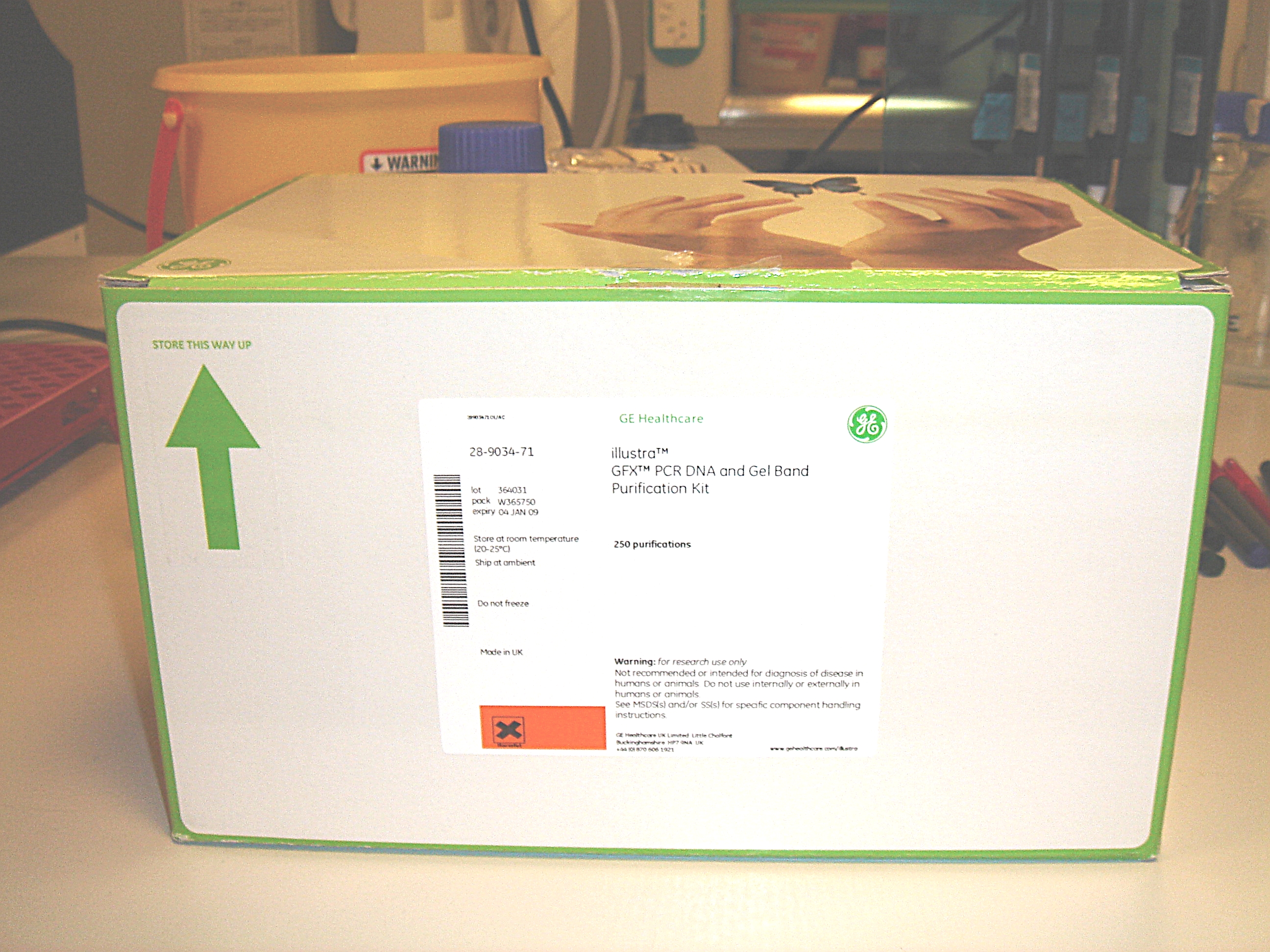Restricting Plasmids (Double Restriction)
From 2008.igem.org
(Difference between revisions)
Riachalder (Talk | contribs) |
Riachalder (Talk | contribs) |
||
| Line 22: | Line 22: | ||
* Incubate solutions for 90 minutes in a 37°C water bath. | * Incubate solutions for 90 minutes in a 37°C water bath. | ||
* If DNA is to be run on a gel and a band cut out, this can be done without purifying the DNA. For all other downstream applications or for storage, solution must be purified to remove the enzymes. | * If DNA is to be run on a gel and a band cut out, this can be done without purifying the DNA. For all other downstream applications or for storage, solution must be purified to remove the enzymes. | ||
| + | |||
| + | |||
| + | '''Back to [[Team:Newcastle University/Protocols]]''' | ||
| + | |||
| + | '''Back to [[Team:Newcastle University/Notebook]]''' | ||
Revision as of 10:47, 18 September 2008
We have conducted restrictions in varying concentrations and total volumes; however they all follow the same basic procedure. Below are two of the different restrictions we carried out.
- 46μl MillQ H2O
- 10μl 10 x buffer
- 40μl plasmid sample
- 2μl enzyme 1
- 2μl enzyme 2
Total volume = 100μl
Concentrated
- 10μl MilliQ H2O
- 3μl 10 X buffer
- 10μl plasmid sample
- 1μl enzyme 1
- 1μl enzyme 2
Total volume = 30μl
- Incubate solutions for 90 minutes in a 37°C water bath.
- If DNA is to be run on a gel and a band cut out, this can be done without purifying the DNA. For all other downstream applications or for storage, solution must be purified to remove the enzymes.
Back to Team:Newcastle University/Protocols
Back to Team:Newcastle University/Notebook
 "
"

